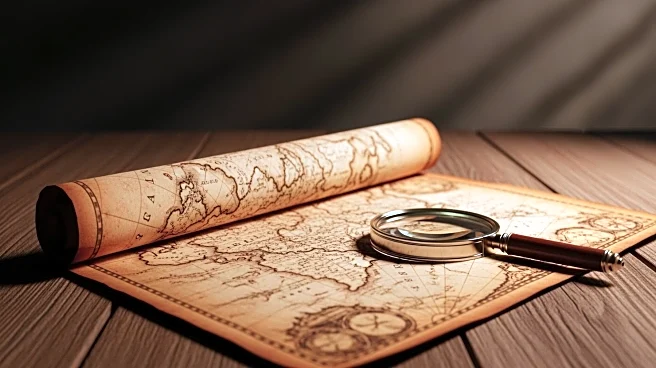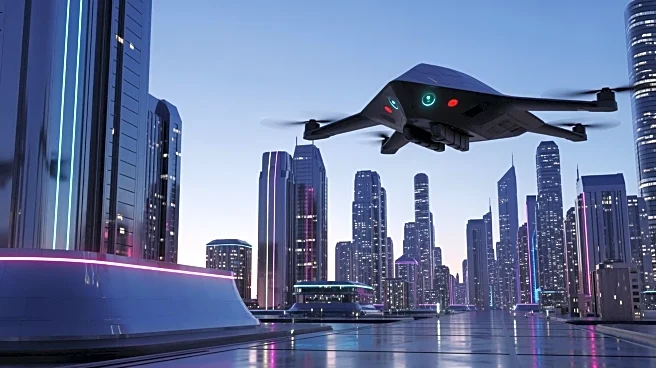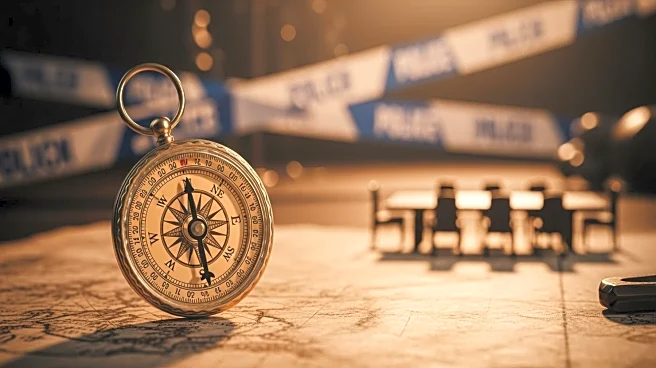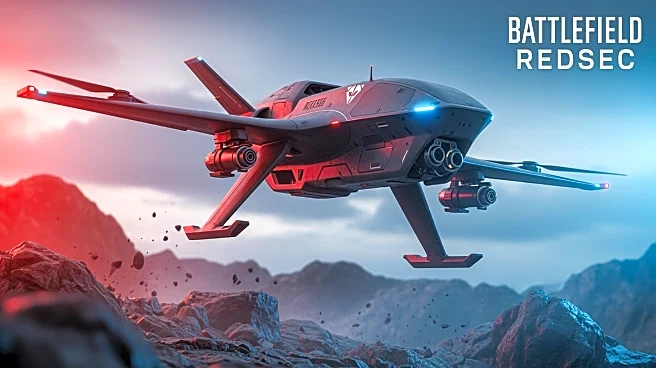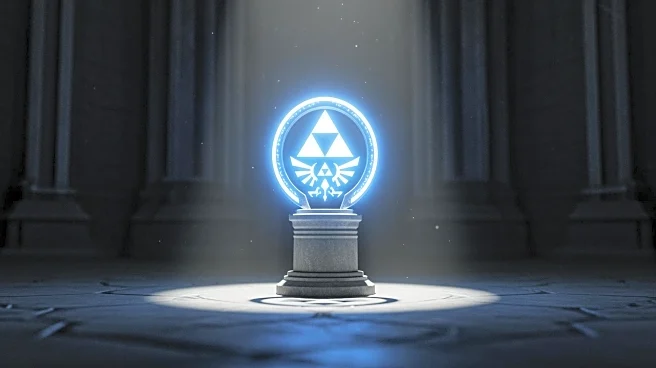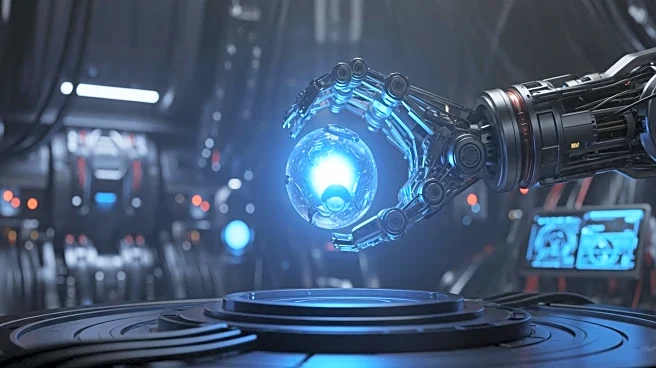What's Happening?
The release of 'Indiana Jones and the Great Circle' has ignited discussions among fans regarding its place within the Indiana Jones canon. The game, set in 1937, introduces new storylines and characters,
leading to debates about continuity with previous Indiana Jones media, including films and comics. Fans are examining how the game fits into the broader narrative of Indiana Jones, considering its contradictions with earlier works, such as the Marvel comic where Indiana Jones retrieves the idol. The discussions reflect the complexities of maintaining continuity across different media formats.
Why It's Important?
The debate over canon highlights the challenges faced by franchises with extensive histories and multiple adaptations. As new content is introduced, fans and creators must navigate the balance between innovation and consistency. This situation underscores the importance of clear communication from creators regarding the status of new works within established universes. The discussions may influence how future Indiana Jones projects are developed, potentially leading to more cohesive storytelling across various media.
What's Next?
As fans continue to discuss the game's place in the Indiana Jones canon, creators may need to address these concerns, possibly through official statements or future content that clarifies continuity. The ongoing debate could lead to revisions in how the franchise approaches new stories, ensuring they align with established lore. Additionally, the discussions may prompt creators to consider fan feedback more closely in the development of future projects.
Beyond the Headlines
The canon debate reflects broader issues within media franchises, where the expansion into different formats can lead to inconsistencies. This situation may encourage creators to develop strategies for maintaining continuity, such as establishing clear guidelines for new content. The discussions also highlight the role of fan communities in shaping the narrative of beloved franchises, demonstrating their influence on creative decisions.


